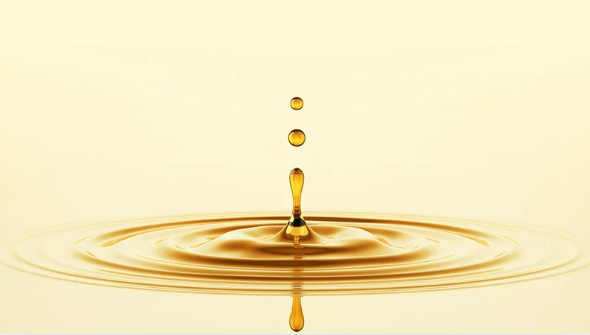How Facial Oil for Wrinkles Helps Reduce Fine Lines Naturally

Why is it that as soon as we hit our 40s, skincare becomes so overwhelming? Every product promises to fight, plump, smooth, erase — as if there’s something wrong with having lines, texture, or signs of age. The message is loud and clear: ageing is a problem to solve. At Magical Medicine, we see things differently. Wrinkles are a natural part of the ageing process — not something to fear, but something to understand and support with care. If you're seeking a more holistic and gentle way to soften fine lines and restore glow, choosing a high-quality facial oil for wrinkles is one of the most powerful steps you can take.
Why Vata Skin Needs Oil, Not Anti-Ageing
From an Ayurvedic perspective, wrinkles are closely connected to an increase in Vata dosha, which governs dryness, movement, and decline. As we move into the Vata stage of life, the skin naturally loses moisture, elasticity, and fat — making it more prone to fine lines and sensitivity.
So, how do we support skin during this stage? With oil. Unlike conventional moisturisers that often sit on the surface or are packed with synthetic chemicals, Ayurvedic facial oils are formulated to penetrate deeply through the cell membrane. Oils are lipophilic, meaning they bind easily with the skin’s natural sebum and carry rejuvenating herbs deep into the tissue layers. They work from within, helping to hydrate, strengthen, and restore the skin's integrity where it's needed most.
Why Ayurvedic Oils Are Unique and Beneficial
Many commercial anti-ageing creams include synthetic preservatives, artificial fragrances, and harsh actives that the skin does not recognise as nourishment. They can impair collagen production, increase transepidermal water loss and reduce the diversity of the skin microbiome (1), undermining skin resilience and accelerating markers of ageing (2).
In contrast, Ayurvedic facial oils are made in the traditional way: slow-cooked infusions of rejuvenating herbs such as Bala, Amaranth and Shatavari, rich in antioxidants and known to support collagen production (3); enhance elasticity (4), calm inflammation, and protect against oxidative stress—making them a potent natural remedy for skin repair and rejuvenation.
How Energy Infusion Gives Better Results
At Magical Medicine, we take it a step further with our innovative Prana infusion process. A form of biofield therapy that cleanses stagnant energy and infuses each bottle of oil with life force. Studies show that biofield treatments can enhance the energetic and biochemical activity of herbal formulations—improving antioxidant strength, cellular repair, and collagen production by over 140% (5). The result? A facial oil that doesn’t just nourish your skin physically—it also feeds your skin’s energetic body, awakening its natural intelligence to renew and repair.
So if you're ready to transition away from harsh anti-ageing products and into a more holistic, skin-loving approach, Ayurvedic facial oils offer the perfect path. Infused with nourishing botanicals and grounded in ancient wisdom, they’re not just supportive — they’re some of the best facial oils for wrinkles, working in harmony with your skin to restore moisture, protect the barrier, and bring back a natural, radiant glow.
References
1. Oumeish, O.Y., et al. (2021). Inhibition of skin-beneficial bacteria by common chemical preservatives. World Journal of Pharmaceutical Research.
2. MDPI Cosmetics. (2019). The Role of Everyday Cosmetics in Altering the Skin Microbiome. Cosmetics, 6(1), p.2. [online]
3. Girish, C., Pradhan, S.C. and Panda, S.K. (2020). Pharmacological activities of Asparagus racemosus (Shatavari): a review. Journal of Ethnopharmacology, 132(1), pp.1–10.
4. Martirosyan, D.M. and Singh, J. (2015). Amaranth as a functional food. Functional Foods in Health and Disease, 5(4), pp.109–123.
5. Trivedi, M.K., Branton, A., Trivedi, D., Nayak, G. and Jana, S. (2022). Effects of the Biofield Energy Treated Novel Test Formulation on Skin Health and Anti-Aging Potential Using Various Skin Parameters. American Journal of Life Sciences, 10(1), pp.1–10.


